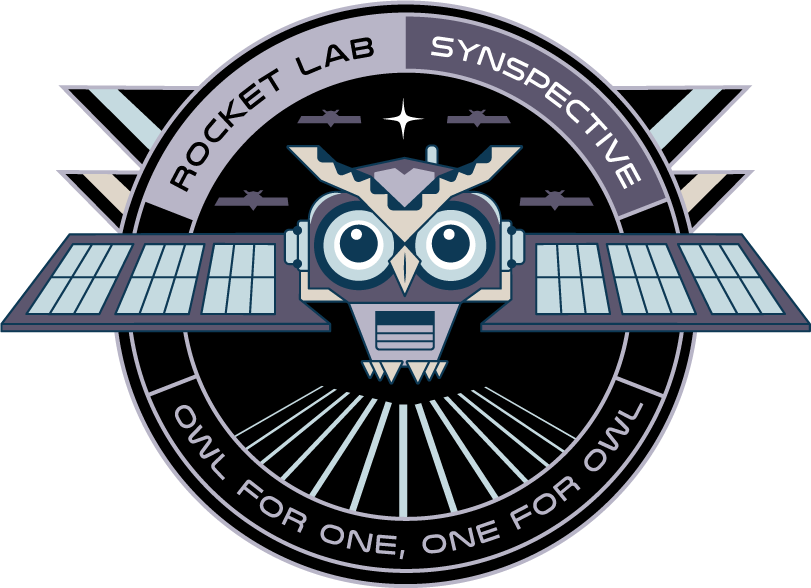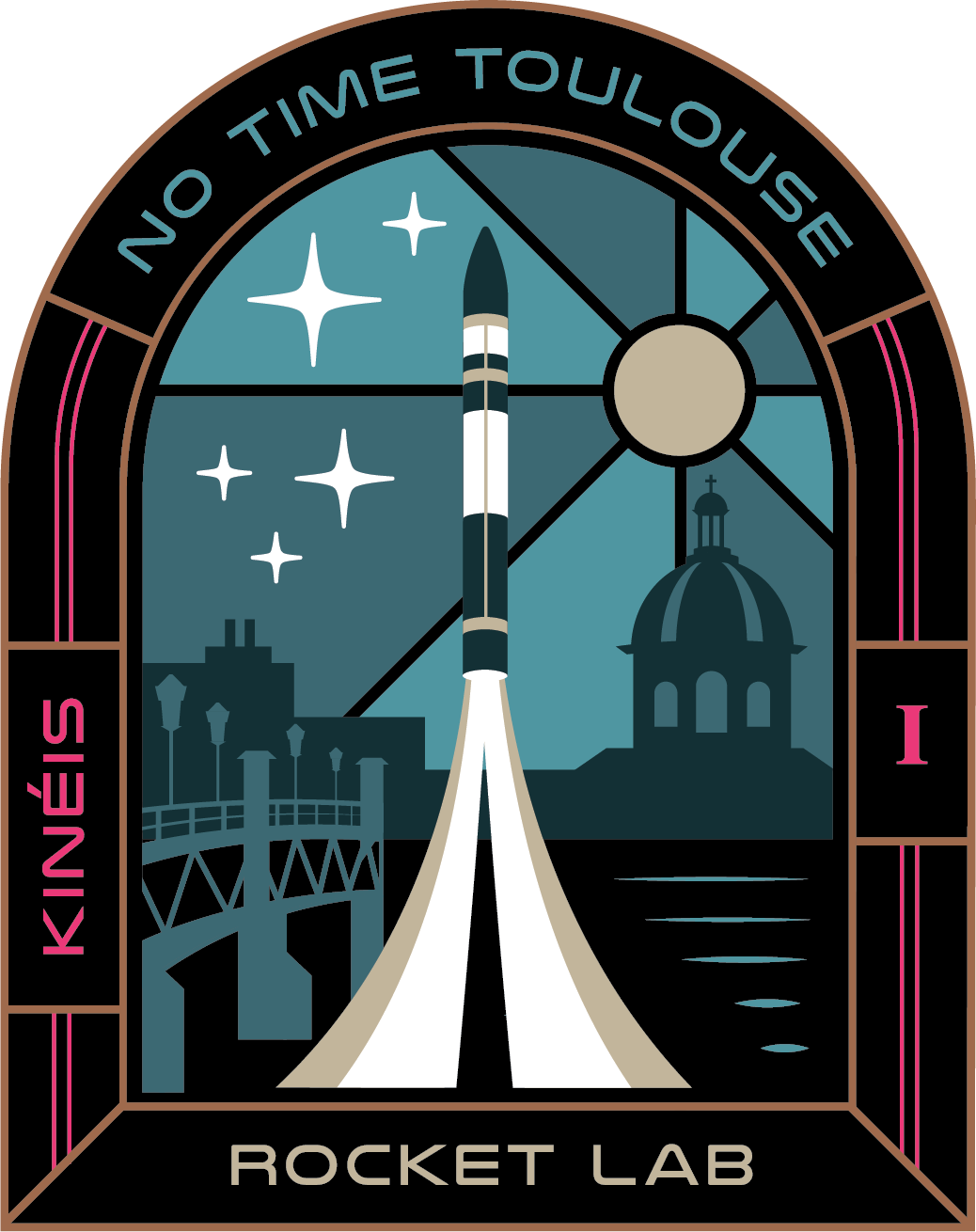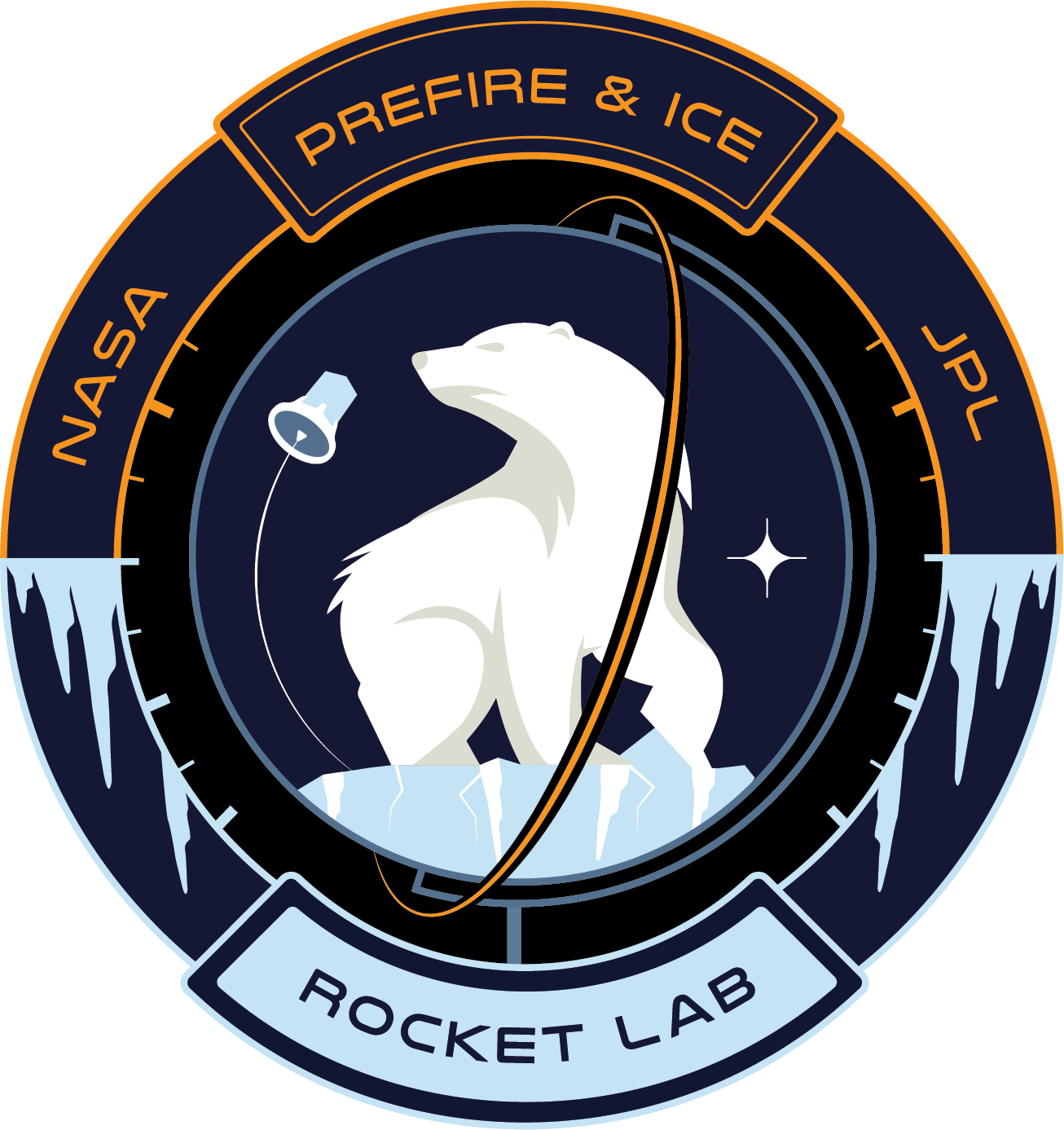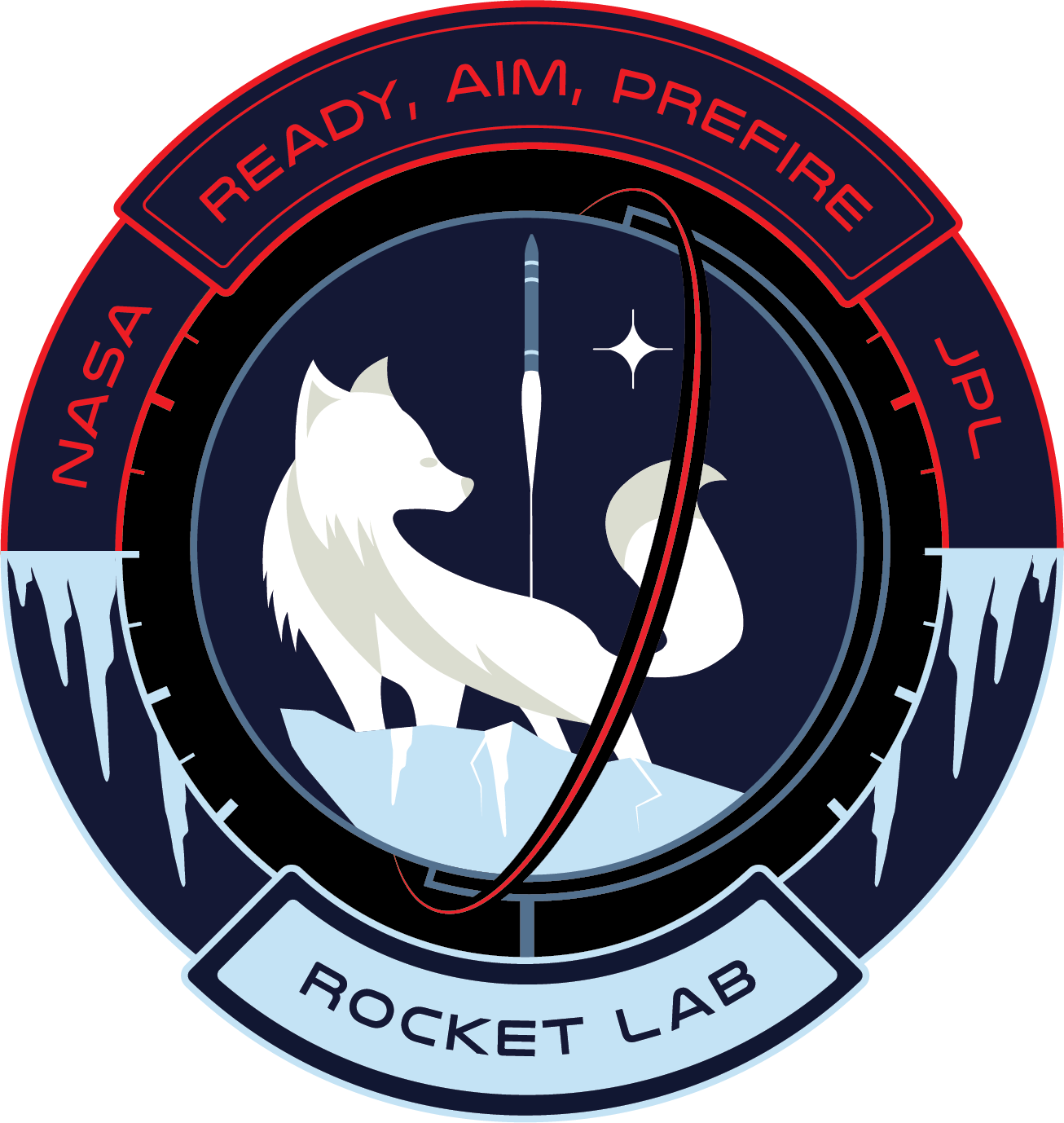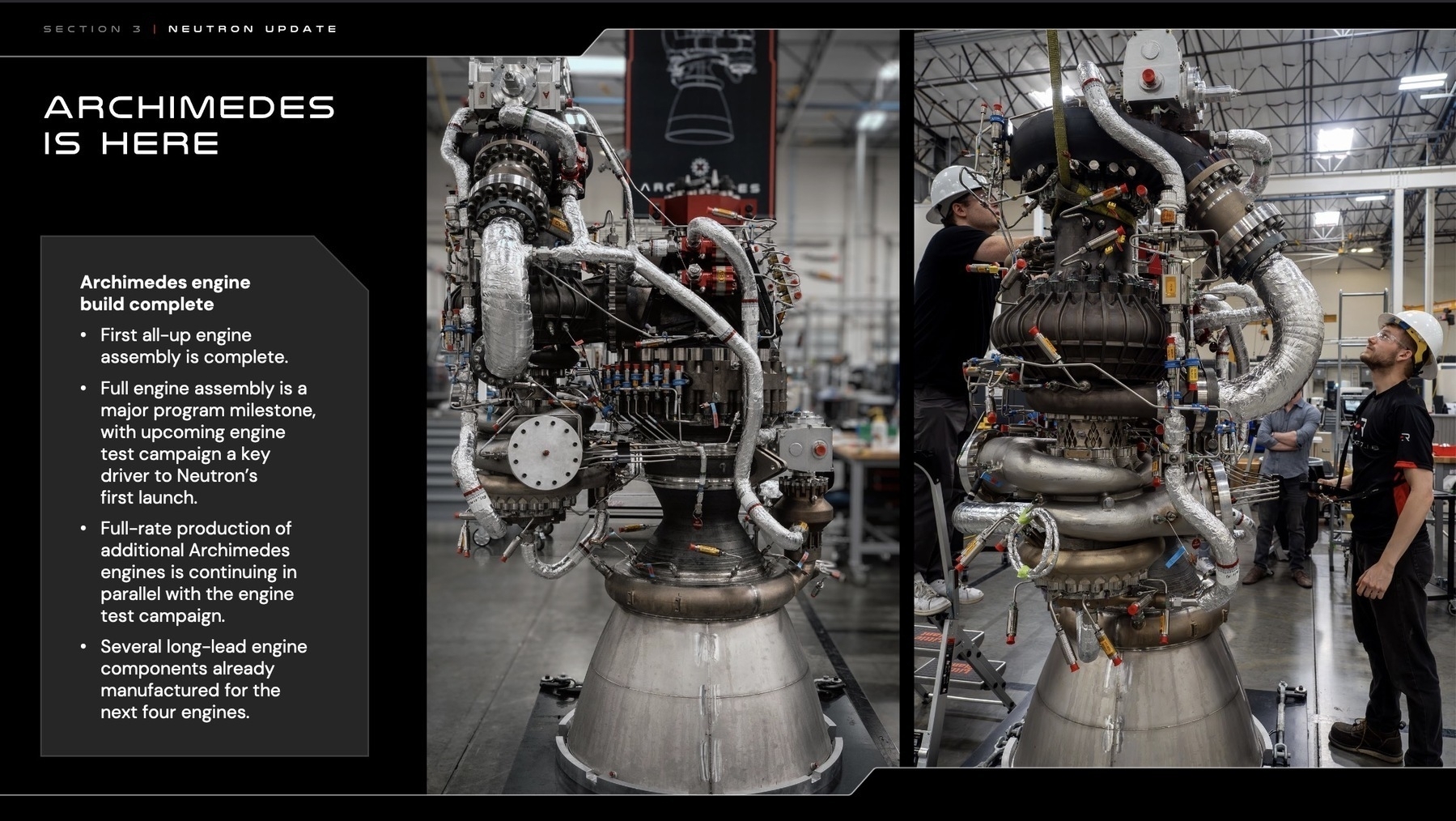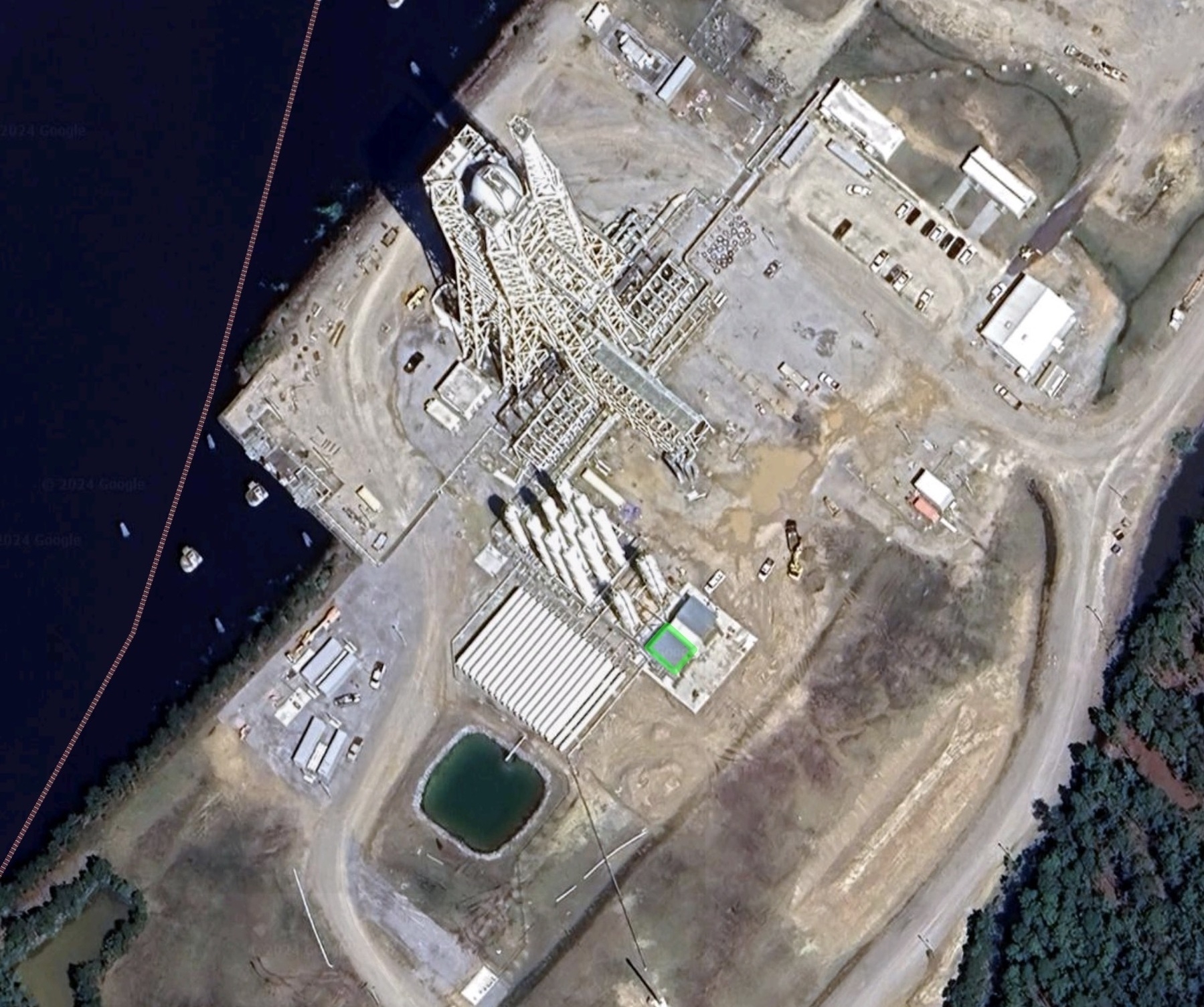The small launch market has experienced significant growth and innovation in recent years, with companies like Rocket Lab leading the charge. As the demand for small satellite launches continues to increase, vertical integration has emerged as a essential strategy for players in this space to survive and thrive. Vertical integration involves a company controlling multiple stages of the supply chain, from component manufacturing to launch services and satellite operations. This post explores why vertical integration is essential for companies in the small launch market, using Rocket Lab as a prime example.
Supply Chain Assurance and Control
One of the primary reasons for vertical integration in the small launch market is to ensure a reliable and stable supply chain. By manufacturing critical components in-house, companies like Rocket Lab maintain tight control over quality, availability, and pricing. This is particularly important for niche components with limited suppliers or long lead times. Vertical integration minimizes the risks associated with supply chain disruptions, such as delays or quality issues, which can have severe consequences in the fast-paced and competitive space industry.
Cost Reduction and Efficiency
Vertical integration enables small launch providers to reduce costs and improve efficiency. By owning and controlling multiple stages of their space systems supply chain, companies can eliminate markup costs associated with third-party suppliers and streamline operations. Rocket Lab, for example, has invested heavily in advanced manufacturing techniques, such as 3D printing and carbon composites, to produce high-quality components at a lower cost and with shorter lead times. This approach allows the company to offer competitive pricing to its customers while maintaining healthy profit margins.
Flexibility and Customization
Another key advantage of vertical integration is the ability to offer customized solutions to customers. Small satellite operators often have unique requirements for their missions, such as specific orbital parameters or timeline constraints. By controlling the entire launch process, from component manufacturing to mission planning and execution, vertically integrated launch providers can offer a higher degree of flexibility and customization to meet the needs of their customers. This level of service is particularly valuable in the small launch market, where customers are often working on innovative and niche applications.
Enabling Constellation Deployment and Servicing
As the small satellite industry grows, many companies are looking to deploy and operate their own constellations for applications like Earth observation, communications, or IoT services. Vertically integrated launch providers are well-positioned to support these customers by offering end-to-end solutions, from satellite manufacturing to launch services and on-orbit operations.
Rocket Lab has significantly advanced its vertical integration by expanding capabilities beyond launch services. The company has developed a range of satellite platforms, including the Photon and other satellite buses, which can serve as customizable bases for various payloads and missions. These satellite buses provide a comprehensive solution, enabling customers to focus on their specific mission objectives while Rocket Lab handles satellite manufacturing and integration processes. The acquisition of Sinclair Interplanetary, a leading provider of high-quality satellite components and subsystems, further strengthens Rocket Lab’s vertical integration strategy. By incorporating Sinclair’s expertise and products, Rocket Lab enhances its ability to deliver reliable and cost-effective satellite solutions.
Moreover, vertically integrated companies like Rocket Lab can deliver turnkey constellations, including fully managed services, to customers without the typical revenue stacking and complexity associated with multiple vendors. This streamlined approach reduces barriers to entry for organizations looking to leverage small satellite constellations, making it easier and more affordable to access space-based services and data.
Disrupting the Earth Observation and LEO Services Market
Vertical integration presents an opportunity for small launch providers to disrupt the Earth observation (EO) and low Earth orbit (LEO) services market. By controlling the entire value chain, from satellite manufacturing to data delivery, vertically integrated companies can offer more affordable and accessible solutions to a wider range of customers. This is particularly relevant in the EO market, where traditional providers have relied on large, expensive satellites with long development cycles. Companies like Rocket Lab, with their ability to manufacture and launch small satellites quickly and cost-effectively, can democratize access to EO data and services, enabling new applications and business models.
Conclusion
Vertical integration is a critical strategy for companies in the small launch market to survive and succeed. By controlling multiple stages of the supply chain, companies like Rocket Lab ensure supply chain stability, reduce costs, improve efficiency, offer customized solutions, and support the deployment and operation of revenue-generating constellations. The ability to deliver turnkey solutions, including managed constellation services, strengthens the value proposition of vertically integrated launch providers. As the small satellite industry evolves, vertically integrated companies will be well-positioned to capture new opportunities and disrupt traditional markets, providing end-to-end solutions from component manufacturing to on-orbit operations.
